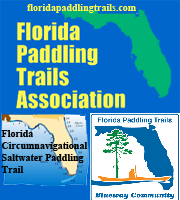A tunicate is a marine invertebrate animal, a member of the subphylum Tunicata. It is part of the Chordata, a phylum which includes all animals with dorsal nerve cords and notochords. The subphylum was at one time called Urochordata, and the term urochordates is still sometimes used for these animals. They are the only chordates that have lost their myomeric segmentation, with the possible exception of the seriation of the gill slits.
Some tunicates live as solitary individuals, but others replicate by budding and become colonies, each unit being known as a zooid. They are marine filter feeders with a water-filled, sac-like body structure and two tubular openings, known as siphons, through which they draw in and expel water. During their respiration and feeding, they take in water through the incurrent (or inhalant) siphon and expel the filtered water through the excurrent (or exhalant) siphon. Most adult tunicates are sessile, immobile and permanently attached to rocks or other hard surfaces on the ocean floor; others, such as salps, doliolids and pyrosomes, swim in the pelagic zone of the sea as adults.
Various species of the subphylum tunicata are commonly known as ascidians, sea squirts, tunicates, sea pork, sea livers, or sea tulips. The earliest probable species of tunicate appears in the fossil record in the early Cambrian period. Despite their simple appearance and very different adult form, their close relationship to the vertebrates is evidenced by the fact that during their mobile larval stage, they possess a notochord or stiffening rod and resemble a tadpole. Their name derives from their unique outer covering or "tunic", which is formed from proteins and carbohydrates, and acts as an exoskeleton. In some species, it is thin, translucent, and gelatinous, while in others it is thick, tough, and stiff.
Tunicates are more closely related to craniates, (including hagfish, lampreys, and jawed vertebrates) than to lancelets, echinoderms, hemichordates, Xenoturbella, or other invertebrates.





































